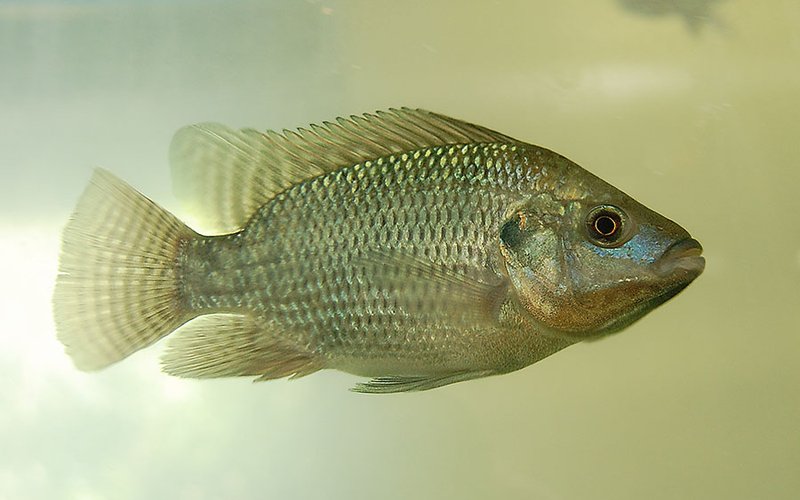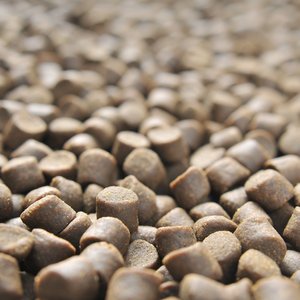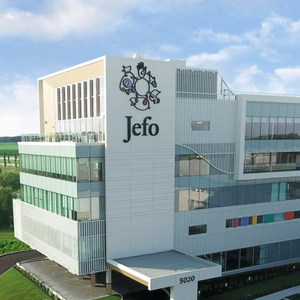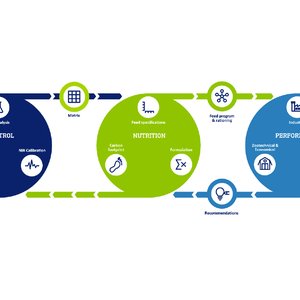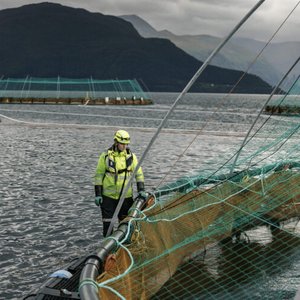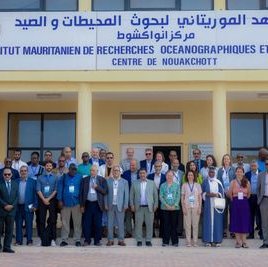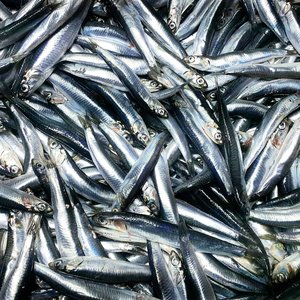A Brazilian study, coordinated by Embrapa Meio Ambiente (SP) in partnership with Itaipu Binacional in Foz do Iguaçu, Paraná, showed that biofloc (BFT) allows for intensive tilapia production with minimal water use, high nutrient utilization, and reduced environmental contamination. The current research is a continuation of work begun three years ago that had already demonstrated the advantages of this technology.
This study aimed to evaluate the dynamics of total carbon, total nitrogen, total phosphorus, and some indicators of environmental sustainability of Nile tilapia reared in a biofloc system. Nile tilapia fingerlings were cultured in three BFT units of production (4.2 m3 each) at a stocking density of 395 fish/m3 and fed extruded feed four times per day.
After 70 days, the survival rate was 98.05%, with a final average weight of 20.43 g, and an apparent feed conversion of 1.05. Tainara Blatt, agricultural technician in the Foz do Iguaçu Department of Economic Development, Labor, and Agriculture, reported: “These rates demonstrate not only the good zootechnical performance but also the feed efficiency of tilapia in the BFT system, which is related to the consumption of the microbial flake as a complementary feed, which, in addition to having a high protein content, also contains probiotic bacteria.”
The researchers used mass balance analysis, based on the law of conservation of mass, to estimate nutrient inputs (feed, water, and initial fish biomass) and outputs (final fish biomass, liquid and solid effluents), as well as losses throughout the process. Results showed that BFT retained 45.4% of the nitrogen, 46.3% of the phosphorus, and 29.7% of the carbon supplied primarily by the feed. At the end of the cycle, the residual nutrient load per ton of fish was 10.24 kg of phosphorus, 46.63 kg of nitrogen, and 442.47 kg of carbon. Hamilton Hisano, researcher of Embrapa, added: “These values are much lower than those observed in traditional systems, such as net cages, which can release up to 18.25 kg of phosphorus, 77.50 kg of nitrogen, and 700 kg of carbon per ton of tilapia produced.”
The study also applied sustainability indicators divided into categories such as resource use and efficiency, pollutant release, and biodiversity conservation. BFT received a moderate impact rating (level 4) for biodiversity risk, lower than open systems, which pose a greater risk of species escape and environmental contamination.
According to André Watanabe and Celso Buglione from Itaipu Binacional, the main challenge identified was the high energy consumption, estimated at 114.6 megajoules per kilogram of fish produced, a value associated with the need for continuous aeration and maintaining system conditions. To expand the adoption of BFT, the researchers highlight the urgent need to invest in renewable energy sources and enhance equipment efficiency.
Another highlight of the work was the possibility of reusing the solid waste removed from the system. With the potential to be converted into fertilizers or feed ingredients, these byproducts can add value and contribute to the circularity of production, reinforcing the sustainable nature of BFT.
Despite the scarcity of studies that evaluate the system in an integrated way, the researchers emphasize that tools such as life cycle analysis and carbon footprint calculation can be incorporated in the future to measure the environmental impacts of biofloc fish farming more precisely.
Based on the data obtained, researchers concluded that "biofloc offers a technically viable and environmentally safer solution for aquaculture intensification. Its rational use of natural resources, nutrient retention capacity, and control over environmental impacts position it as a strategic alternative for aquatic protein production in the face of growing pressures for food security and ecosystem preservation.”
Reference:
Blatt TLdS, Cardoso AJdS, Watanabe AL, Neto CCB, Hisano H. Environmental Sustainability of Nile Tilapia Reared in Biofloc Technology (BFT) System: Evaluation of Carbon, Nitrogen, and Phosphorus Dynamics and Indicators of Sustainability. Sustainability. 2025; 17(13):5670. https://doi.org/10.3390/su17135670


